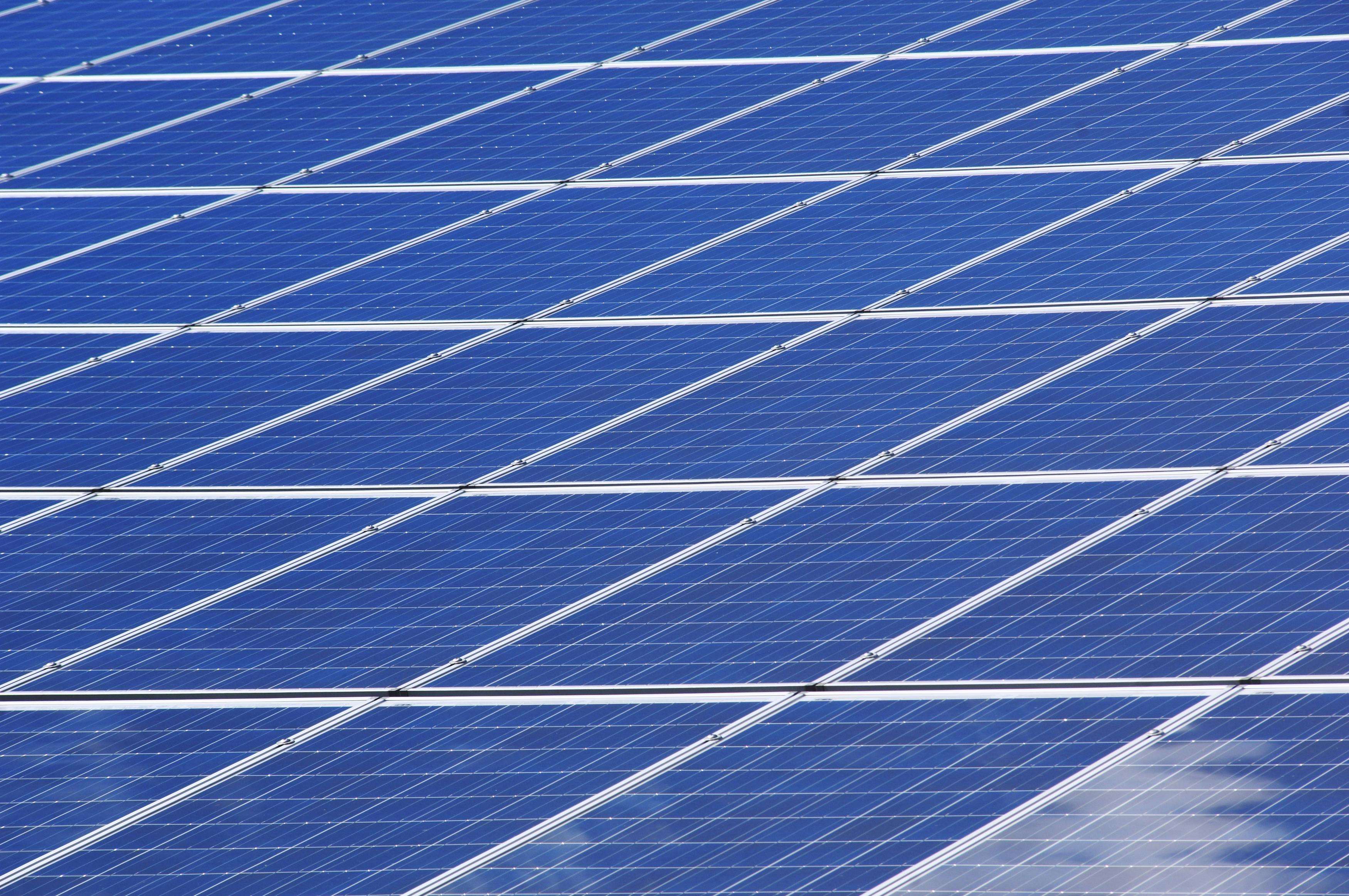"Revealing the Magic Behind Perovskite Solar Cells: A New Dawn in Renewable Energy"
Introduction: In the fast-paced world of renewable energy, a new player has emerged: perovskite solar cells. These cells, which are both more efficient and less expensive than traditional silicon-based cells, are causing a stir in the industry. This is a deep dive into the world of perovskite solar cells, their origins, current developments, and potential future impacts.

The Birth of Perovskite Solar Cells
Perovskite solar cells are named after the mineral perovskite, which was first discovered in the Ural Mountains of Russia in 1839. However, it wasn’t until the 21st century that scientists began to explore the potential of perovskite for solar energy. In 2009, Tsutomu Miyasaka and his team at Toin University of Yokohama published the first study on perovskite solar cells, marking a new chapter in renewable energy.
A Leap in Efficiency
What makes perovskite solar cells stand out is their efficiency. While silicon-based solar cells have an efficiency of around 20%, perovskite cells have already reached efficiencies of over 25%. In laboratory conditions, they’ve even hit 29%, surpassing the theoretical limit of silicon cells. This improved efficiency has the potential to revolutionize the solar industry, making solar power more accessible and affordable than ever before.
Current Developments in Perovskite Solar Cells
As of now, the production of perovskite solar cells is still in its infancy, with most production happening in laboratory settings. However, several companies are working to commercialize the technology. Oxford PV, a spin-off from the University of Oxford, is one of the leaders in this field. The company recently announced a new record in perovskite solar cell efficiency, achieving 29.52% in a tandem cell.
The Market Impact of Perovskite Solar Cells
The potential market impact of perovskite solar cells is enormous. According to a report from Research and Markets, the global perovskite solar cell market could reach $1.4 billion by 2027, growing at a compound annual growth rate of 34.0% from 2022 to 2027. This growth is expected to be driven by the increasing demand for clean energy and the falling costs of perovskite solar cells.
The Future of Perovskite Solar Cells
Looking ahead, the future of perovskite solar cells is bright. Researchers are continually working to improve the stability and longevity of these cells, which are currently the primary challenges. If these issues can be overcome, perovskite solar cells could become a leading source of renewable energy, contributing significantly to the global shift towards a greener, more sustainable future.
In conclusion, perovskite solar cells represent a promising leap forward in renewable energy technology. With their superior efficiency and lower cost compared to traditional silicon cells, they offer a new and exciting avenue for the development of solar power. As we continue to strive for a more sustainable world, these innovative cells could play a crucial role in achieving our environmental goals.




